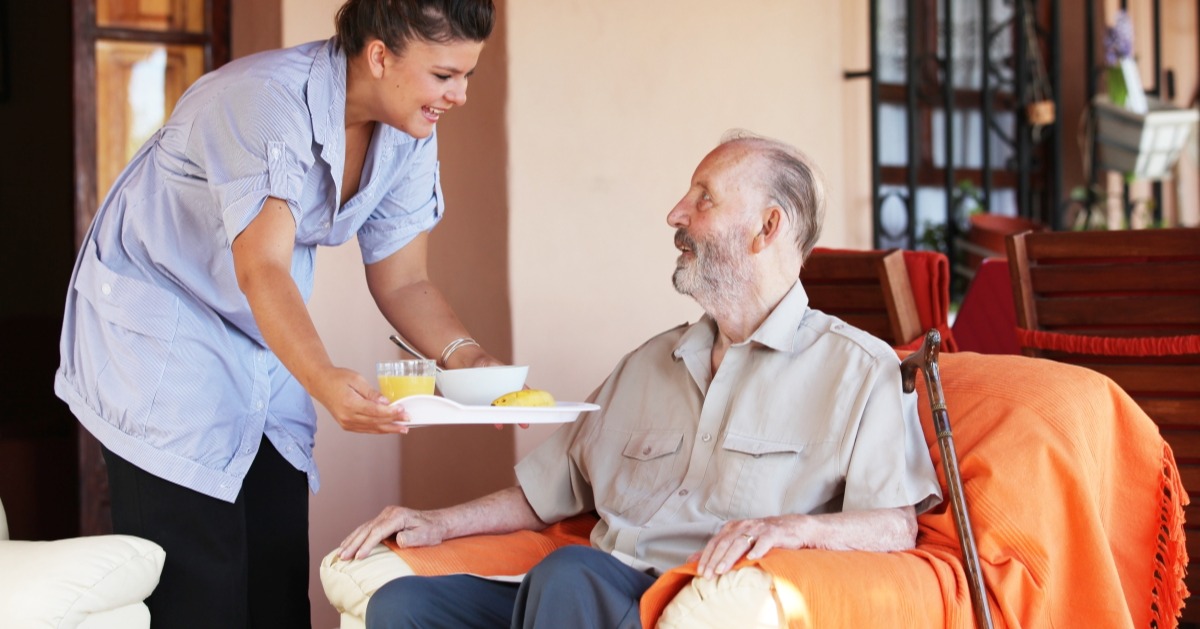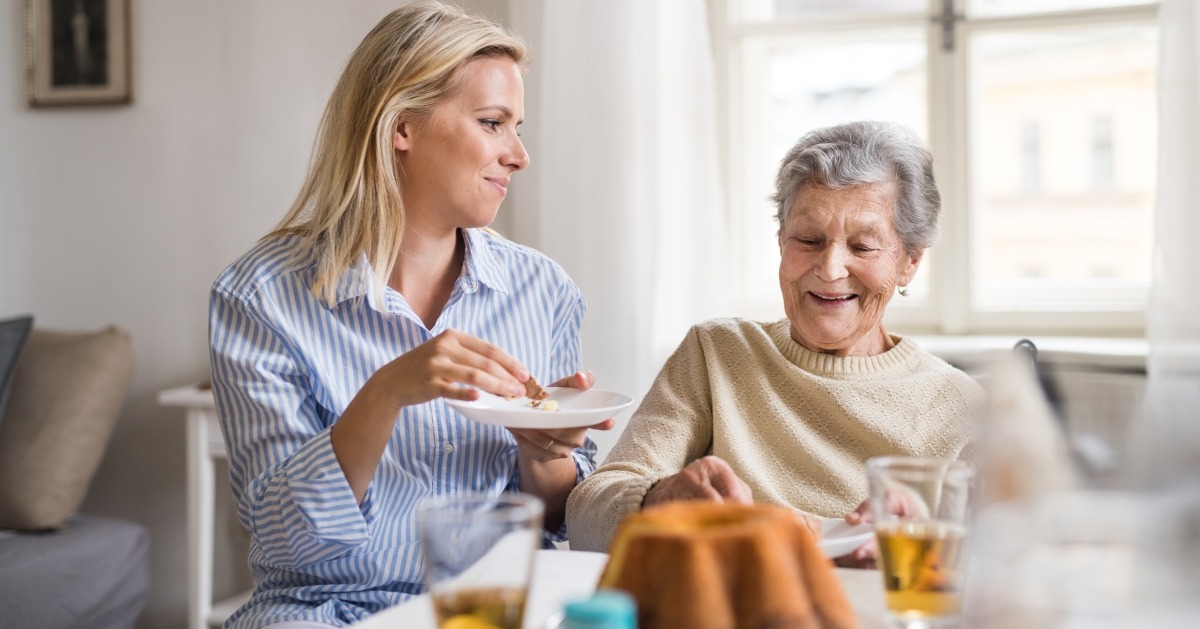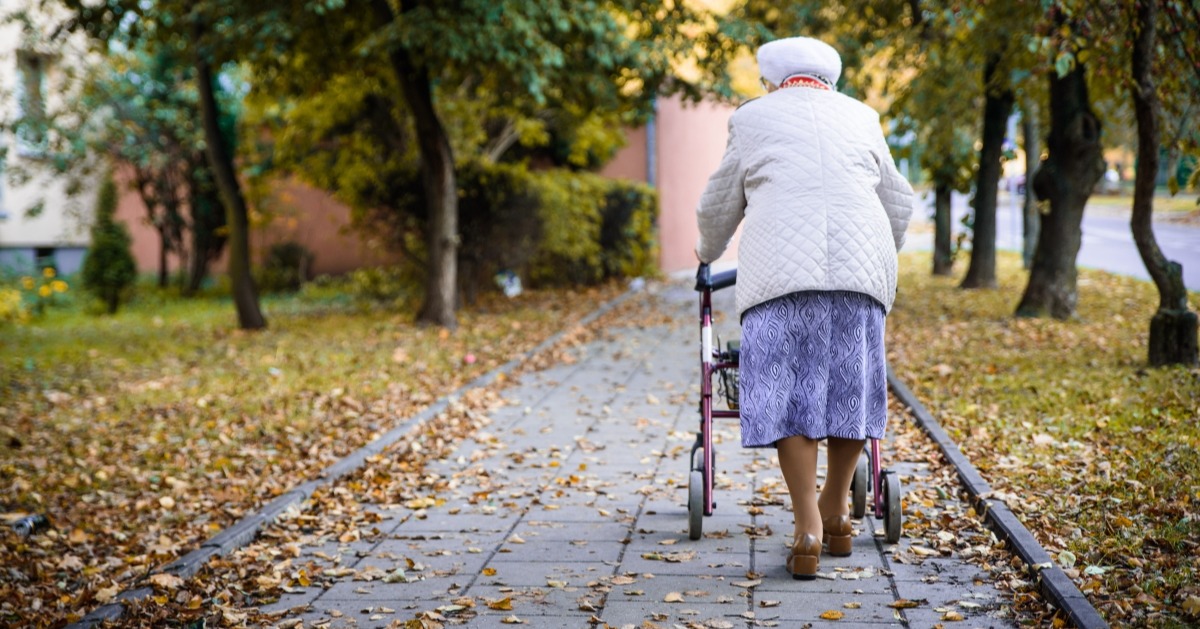Falls in Older People: A Guide to the NICE Quality Standards
As the NHS experiences increased pressure and maximum capacity due to the coronavirus pandemic, it’s important that any preventable accidents are kept to a minimum.

Almost a third of older people experience a fall every year, with 5% leading to a fracture or further injury, equating to an estimated cost to the NHS of £435 million. This blog discusses the guidelines set by the National Institute of Excellence (NICE) in 2014 and how effective it has been in preventing elderly falls in the UK.
- What Are NICE Guidelines?
- What Do the Guidelines Advise?
- Updating the Guidelines
- Addressing NHS Challenges
What Are the NICE Guidelines on Falls?
NICE ‘Falls in older people: assessing risk and prevention' is a comprehensive report on interventions to prevent falls in people aged 65 and over. This aims to reduce the risk and incidence of falls, pain, injury and loss of independence. The guidelines can be used by anyone but are closely followed in care homes, professional environments and older people with mobility difficulties.
According to the government, injuries resulting from a fall are the leading cause of hospitalisation for older people. The causes of a fall can be the result of multiple risk factors, including:
- Muscle weakness
- Poor balance
- Visual impairment
- Certain medical conditions and the use of medicines
- Environmental hazards and lack of mobility support
What Do the Guidelines Advise?
The guidelines outline the need for multifactorial risk assessments for older people who have required medical attention due to a fall in the past year. This includes interventions to prevent falls in older people who live independently, stay in hospitals and reside in residential care homes. It also includes recommendations on multifactorial intervention in the event of an accident.
The main preventative guidelines covered are:
- Case and risk identification: It was recommended that older people in contact with healthcare professionals should be routinely asked if they’ve fallen in the past year and asked about the frequency, context and characteristics of the falls. People reporting a fall should then be observed for underlying causes and their ability to benefit from interventions to improve strength and balance.
- Exercise and balance training: It was strongly recommended that older people at risk of falling participate in balance and muscle strength training. Programmes should be offered and individually prescribed by a trained professional, including programmes and resources for healthy lifestyles and nutrition.
- Education and information: Older people, their family members and carers should be offered information about what measures they can take to prevent injury. This includes fall prevention, strategies and balance routines, as well as how to follow the correct procedure when requiring medical help.
- Home hazard and safety intervention: In the event of an elderly fall, people should be offered a home hazard assessment and safety intervention by a healthcare professional. This includes modifications to the home to prevent further accidents, such as stairlifts and shower seats.
Updating the Guidelines
Since the publication of the NICE guidelines in 2014, there has been a change in evaluating and treating injuries for the elderly. In 2019, NICE identified areas that will be updated in its upcoming 2024 guidelines report, including updates on:
- Falls risk assessment tools
- Multifactorial interventions
- Exercise interventions
- Vitamin D intake
Based on new evidence since the initial release; it was found that the current risk assessment tools lack sensitivity and specificity. There’s a clear need to include frailty factors as significant risk factors for falls. Additionally, evidence indicates that multifactorial interventions based on individuality may not be as effective as initially suggested in the 2014 report.
In the past eight years, more evidence has come to light on the effectiveness of different exercises, as a wider range of benefits can be found. It’s recommended that older people undertake the recommended physical activity levels safely and maintain this after prescribed exercise programmes end.
Vitamin D intake evidence has shown conflicting results, suggesting intake may be associated with fewer falls, but high doses may increase fall risk. The update should consider the role of vitamin D in fall prevention in more detail.
Addressing NHS challenges
The coronavirus pandemic has presented new challenges for the NHS, particularly when considering treatment for the elderly. With lockdowns and self-isolation rules becoming requirements since the pandemic’s emergence in 2020, there has been less opportunity to maintain mobility and follow the NICE guidelines.
A new report published by Public Health England looks at increased fragility in older adults because of coronavirus mitigation measures. The project will cost the NHS £211 million over the next two and a half years.
To address the challenges following the pandemic, the new guidelines must consider new conditions, illnesses and symptoms likely to increase the likelihood of falls.
The upcoming report will consider emerging terms that have come to light since the last research period. Deconditioning — the loss of physical, psychological and functional capacity due to inactivity, can occur rapidly in older adults and is a relatively unknown term.
Therefore, awareness of this syndrome and encouragement for older people to get back into regular activity should be prioritised.
Don’t miss out on our latest Falls Training Course. For more information please click on the link below.
Online Training Course: Preventing Falls in Older People



